Strategies to Promote Positive Behaviour in the Summer
When school is out and there is a general lack of routine and structure, you might see an increase in your child’s anxiety, tantrums, or other challenging behaviour. It can be difficult to know how to manage this- here are some tips to help!
1. Create a daily routine/schedule for your child! It might look something like:
· Wake up
· Get dressed/ready for the day
· Eat breakfast
· Play outside
· Eat lunch
· Nap or quiet time (books or show for older child)
· Go to the park or other outing
· Eat dinner
· Play or bath-time
· Bed-time
2. Make your daily routine/schedule VISUAL! Many children love predictability and benefit from SEEING what is happening next (especially children on the autism spectrum).
· Depending on your child’s developmental level, you can create the schedule with words or simple pictures.
3. Be consistent with bed time! While there will be times when you may allow your kids to be up late for a special occasion, it is important to prioritize sleep and ensuring your child is having a consistent bed-time. Well-rested kids generally mean more comfortable and happy kids! 4. Talk to your child about an event or new outing before it happens. This is especially important for children that desire predictability or struggle with transitions/change.
· You may want to talk about the event a day or two ahead, the day of, and in the hour prior to the event.
· When talking about the event, you might consider explaining what will happen, who will be there, and talk through any related anxieties. 5. Point out the positive When you see your child doing something positive, pay attention to it! Point it out and say something about it.
Example: “Thanks for putting your shoes on the first time I asked!” “Wow, you are being so
kind to your brother!”
· You could even start filling up a jar with pom-poms- once it’s full you could take your child to get ice cream or another desired activity! 6. Get your child outside! Going outside is great for helping your child burn energy. Try to find activities and places your child enjoys going. This might be the park, a pool, splashpad, beach, hiking, riding a bike, going for a walk, etc.!
We hope you have found the tips in this article helpful. This information was provided by Board Certified Behaviour Analyst, Alisa Gagne. Alisa works at Pathways To Hope providing support to children and their families. For more information, or to book a complimentary consultation, call us at 519.751.0728 or email pathwaystohopebrant@gmail.com





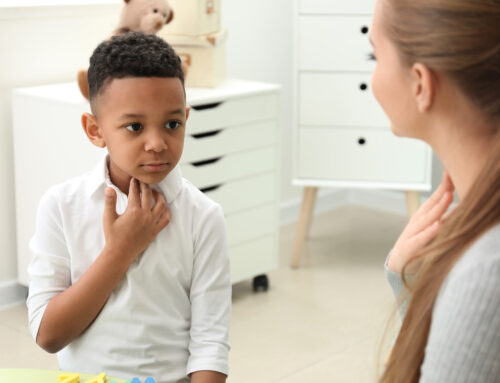







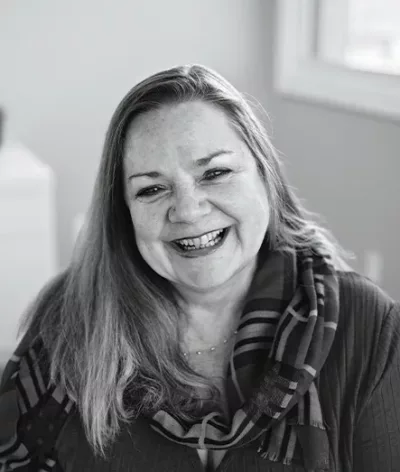 Sharon Walker, MSW, RSW
Sharon Walker, MSW, RSW Jordon Iorio Hons. BA, RSW
Jordon Iorio Hons. BA, RSW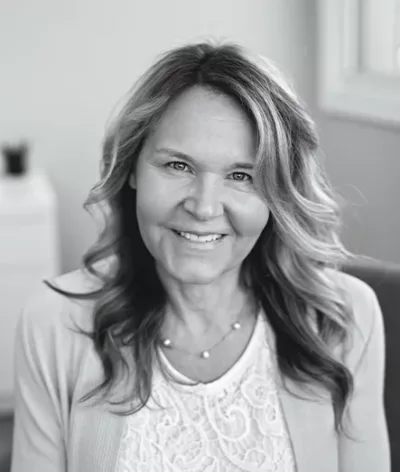 Christine Bibby, B.S.W., M.S.W., R.S.W.
Christine Bibby, B.S.W., M.S.W., R.S.W. Brianna Kerr, RSW
Brianna Kerr, RSW Danielle Vanderpost, RSW
Danielle Vanderpost, RSW Daniela Switzer, MA, C.PSYCH
Daniela Switzer, MA, C.PSYCH Tammy Adams
Tammy Adams Jade Bates, RMT
Jade Bates, RMT Caitlin Schneider
Caitlin Schneider Dr. Crysana Copland
Dr. Crysana Copland
 Amy Dougley
Amy Dougley Emily Green
Emily Green Bill Dungey, RSW
Bill Dungey, RSW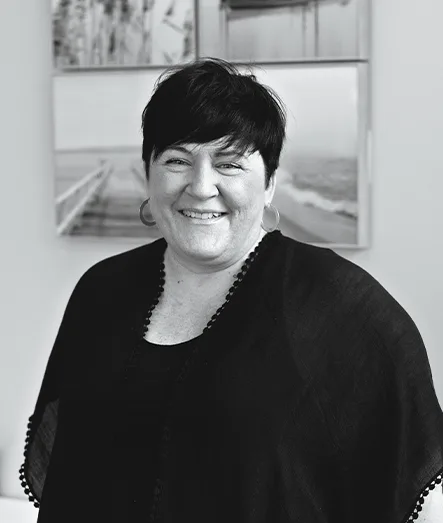
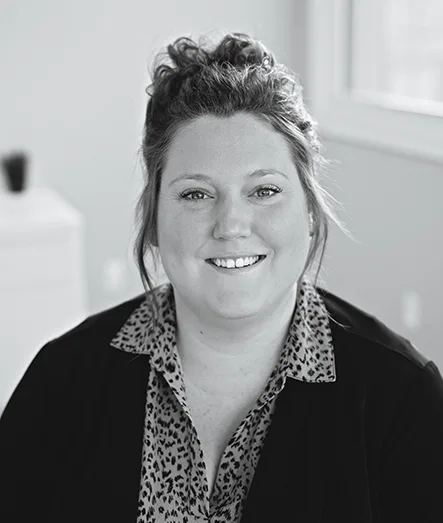


 Jessica Moore, RSW
Jessica Moore, RSW Abigail Wragge, RSW
Abigail Wragge, RSW